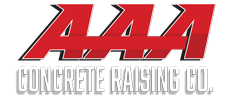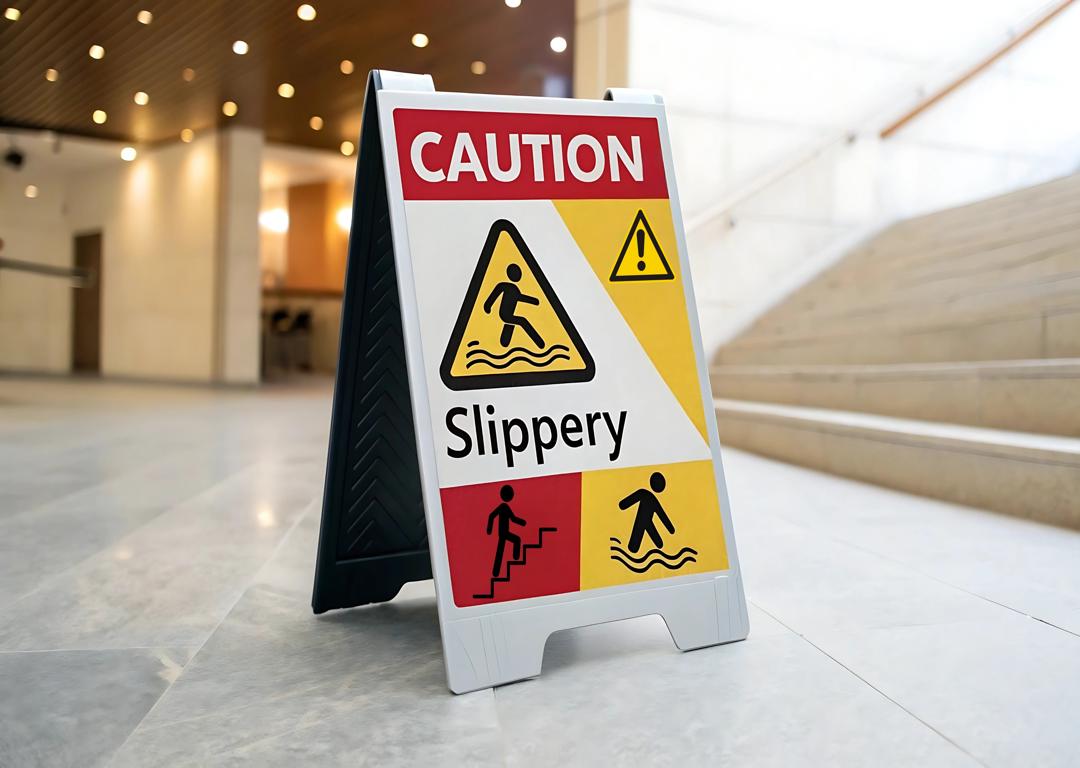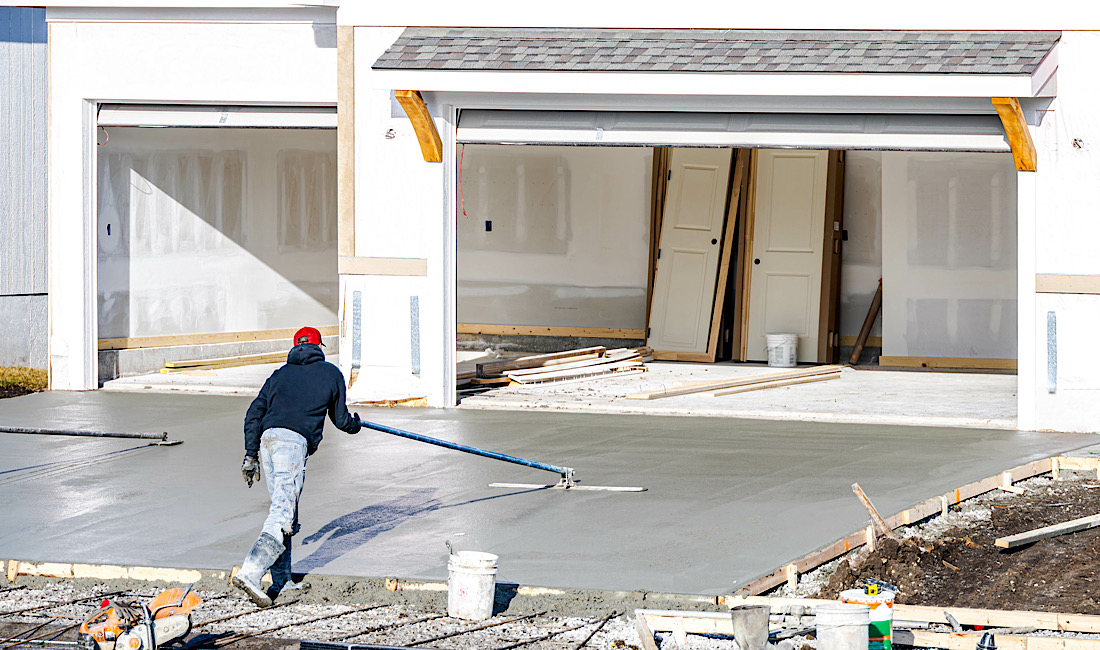Concrete raising, also known as slabjacking or mudjacking, is essential for maintaining the integrity and aesthetics of concrete surfaces, particularly in Denver. Environmental factors like temperature fluctuations and soil conditions significantly impact concrete structures in this region, making professional concrete raising critical for property maintenance. Here, we explore the benefits and process of concrete raising, customized for Denver properties.
Benefits of Concrete Raising in Denver
Denver’s unique climate and geographical conditions present specific challenges for concrete surfaces, making concrete raising highly advantageous:
Cost-Effectiveness
Concrete raising is more economical compared to replacing entire concrete slabs. It eliminates extensive excavation and new material expenses, greatly reducing overall repair costs.
Time Efficiency
The concrete raising process is quicker than replacement, minimizing disruptions for Denver property owners and businesses.
Environmental Impact
Concrete raising provides an eco-friendly alternative by reducing landfill waste and the carbon footprint associated with new concrete production.
Property Value and Aesthetics
Maintaining smooth, undamaged concrete enhances property appearance and market value, a significant advantage in Denver’s competitive real estate environment.
Safety and Liability
Addressing uneven concrete promptly prevents trip hazards, significantly reducing accidents and liability risks.
The Concrete Raising Process in Denver
The concrete raising method in Denver is specifically adapted to local conditions, ensuring durability and effectiveness:
Assessment
Professionals evaluate concrete condition, soil type, weather impact, and the degree of sinking or cracking.
Preparation
The area is prepared by cleaning and making it accessible for repair.
Drilling
Strategically placed small holes are drilled into the concrete slab to enable efficient lifting and support.
Injection
A carefully formulated slurry mixture (soil, water, cement, and additives for stability) is injected beneath the slab, lifting it to its original position.
Finishing
Once raised, holes are filled, and the surface cleaned, ensuring minimal visual impact.
Monitoring
Post-repair monitoring is recommended due to Denver’s climate fluctuations, ensuring lasting results.
Tailoring Concrete Raising to Denver’s Climate and Soil
Denver’s distinct climate and varying soil types require specialized approaches in concrete raising:
Adapting to Soil Conditions: Denver’s expansive soil demands specially formulated mixtures for effective concrete support.
Weather Considerations: Temperature extremes necessitate material adjustments, ensuring effectiveness and durability.
Long-term Solutions: Professionals often combine concrete raising with additional maintenance practices, providing comprehensive and enduring results.
Concrete raising is crucial for preserving both functionality and aesthetics of properties in Denver. It offers a practical, cost-effective, and eco-friendly alternative to concrete replacement. Customized to the area’s unique climate and soil conditions, professional concrete raising ensures durable, safe, and visually appealing concrete surfaces.
For professional concrete raising services in Denver, call AAA Concrete Raising today at (303) 526-2222 and ensure your property’s concrete remains safe, attractive, and functional.





